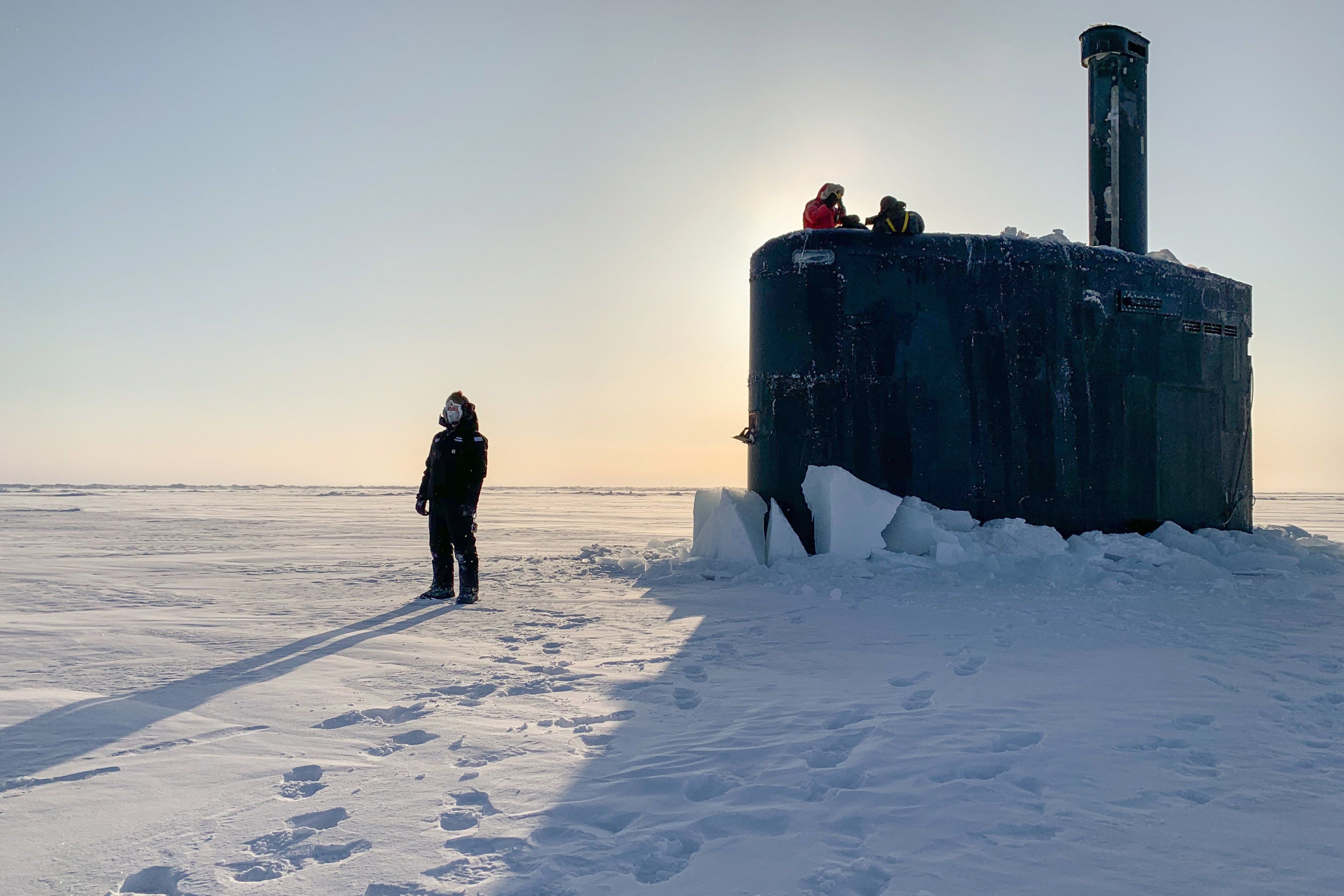GZERO North
US adopts a new Arctic strategy
DOD in Photos: 2020 This collection showcases the work of U.S. military photographers in 2020, when U.S. service members continued to conduct around-the-clock training and operations worldwide to ensure the nation's security, even while responding to the coronavirus pandemic. The USS Toledo (SSN-769) arrives at Ice Camp Seadragon on the Arctic Ocean kicking off Ice Exercise (ICEX) 2020. ICEX 2020 is a three-week, biennial exercise that offers the Navy the opportunity to assess its operational readiness in the Arctic and train with other services, partner nations and Allies to increase experience in the region, and maintain regional stability while improving capabilities to operate in the Arctic environment. U.S. Navy Photo by MC1 Michael B. Zingaro Where: United States When: 04 Mar 2020
Credit: DOD//Cover-Images.com
